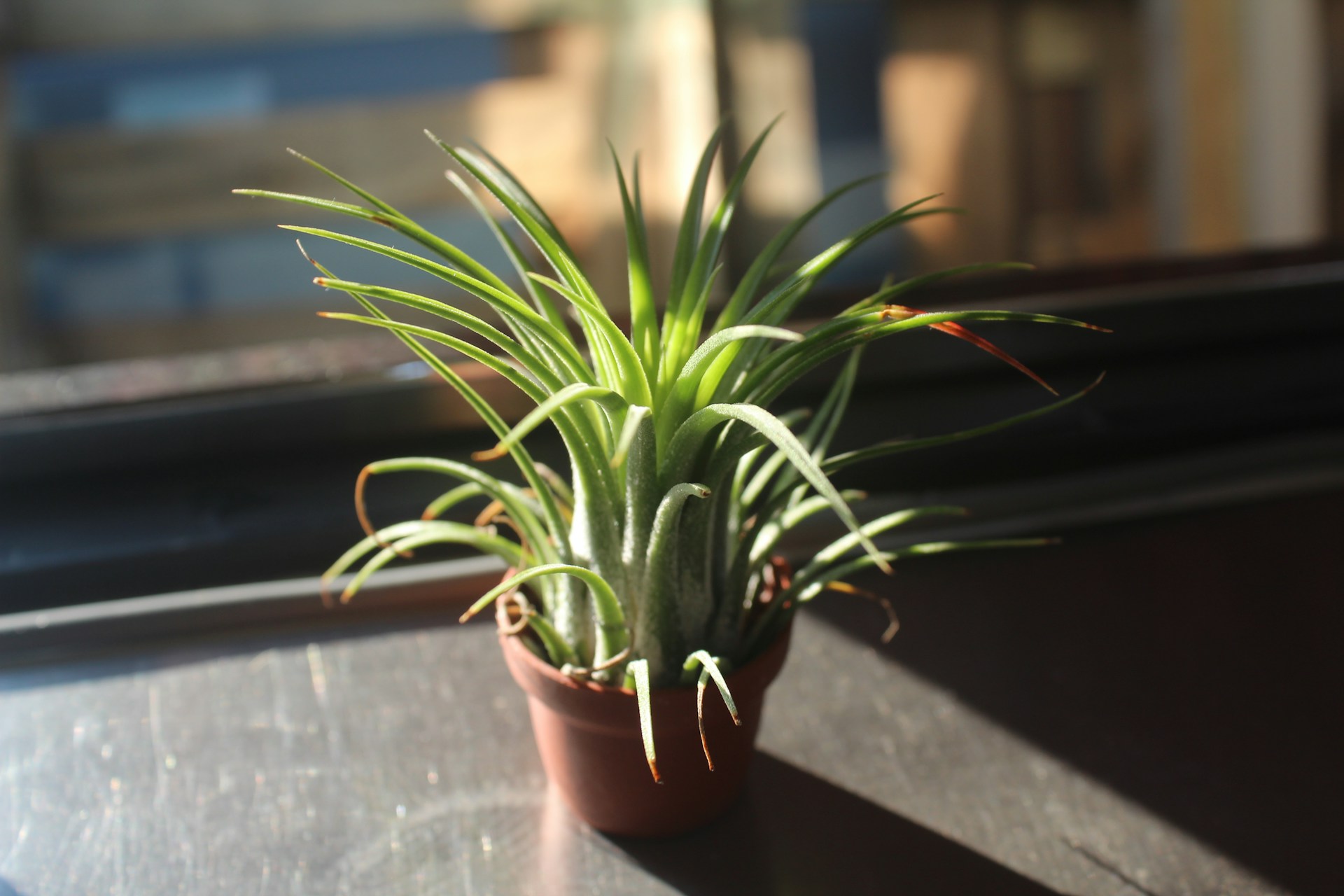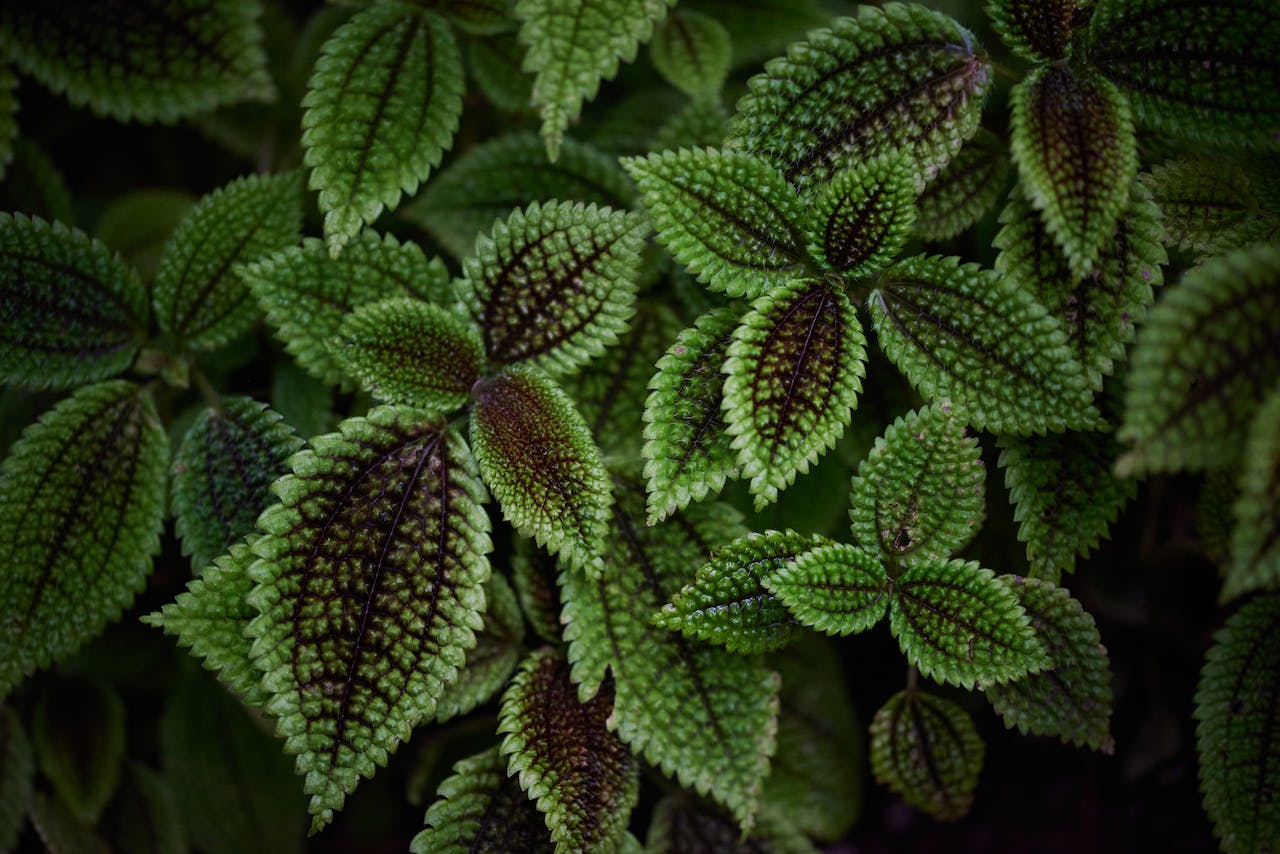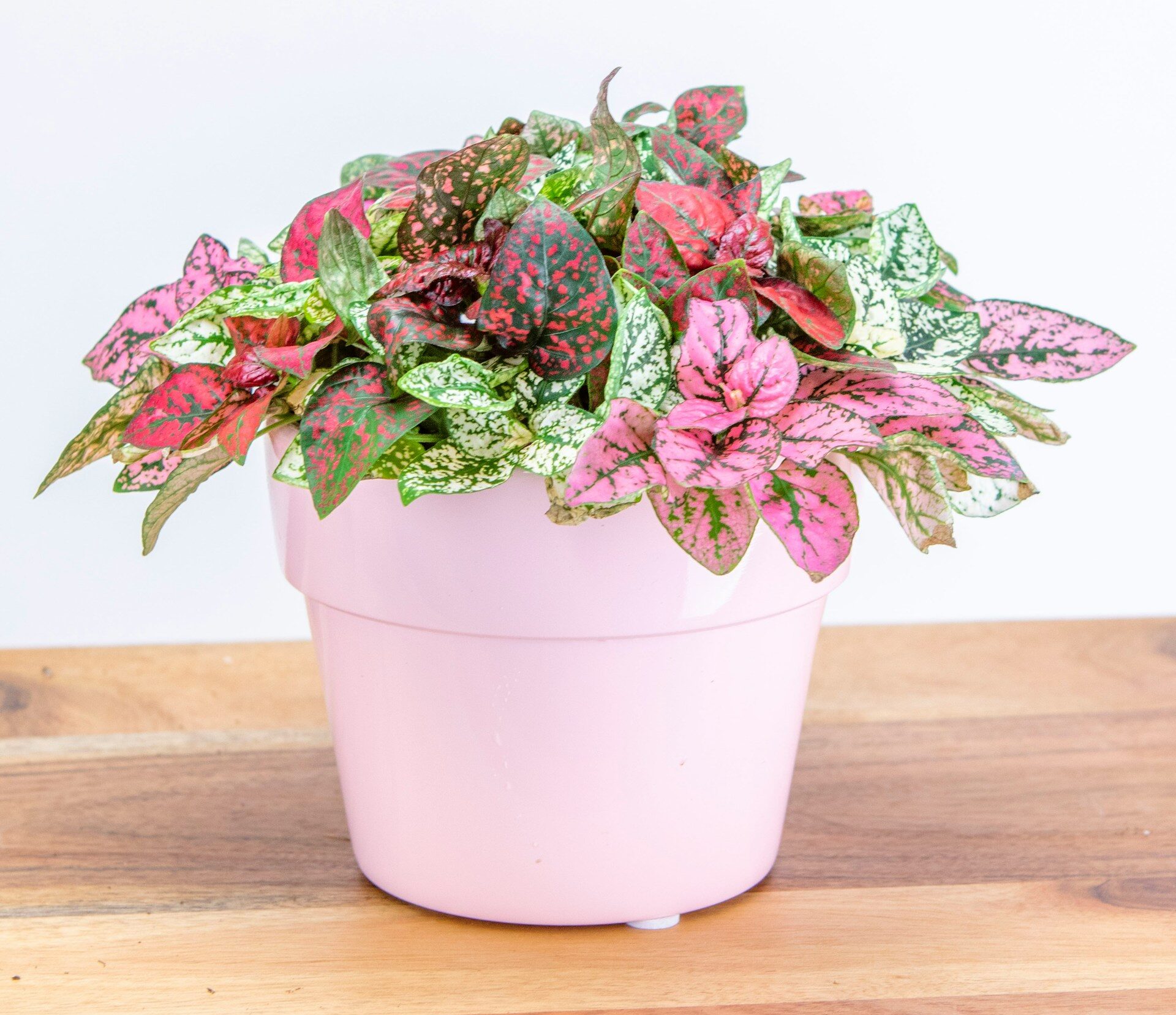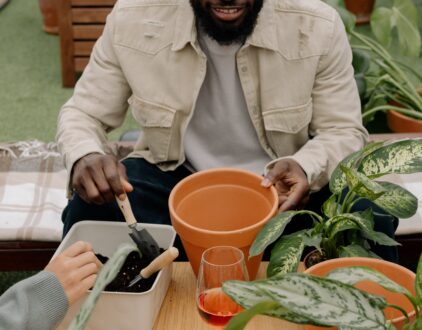Many people consider plants to be pets in themselves. Looking after them and being responsible for their growth can bring about a sense of accomplishment in taking care of a lifeform. However, having plants friends and four-legged pet friends in one space is something that requires caution. Many household plants can be toxic to animals, especially cats.
Keeping your favorite plant on a shelf or blocked off room may not be enough as animals like cats are very capable of accessing hard to reach places. Their curiosity will lead to them likely taking a bite of any plant you own, so it is important you only buy plants safe for cats. Luckily there are plenty of plants safe for cats that are also appealing and stylish home decor.
What To Avoid When Looking for Plants Safe for Cats
When selecting plants for a home with cats, it’s best to avoid plants in the lily family, oleanders, sago palms, jade plants, azaleas, and other plants known to be toxic to cats if ingested. Make sure to check comprehensive lists of toxic and safe plants that can help ensure the safety of the specific kind of cat you have.
What Should You Do if Your Cat Ate a Toxic Plant?
If you suspect that your cat has ingested a toxic plant, it’s crucial to act quickly. Here are the steps you should take:
Identify the Plant
Try to identify the plant your cat has ingested. If possible, keep a sample or take a photo of the plant for reference. This information will be helpful for the veterinarian to determine the appropriate course of action.
Contact your Veterinarian
Call your veterinarian or the nearest emergency veterinary clinic immediately. Provide them with details about the suspected toxic plant, the amount your cat may have ingested, and any observed symptoms.
Do NOT Induce Vomiting Without Professional Guidance
It’s important not to induce vomiting in your cat unless specifically instructed to do so by a veterinarian. Some substances and plants can cause more harm if vomited back up, and inducing vomiting without proper guidance can be dangerous.
16 Plants Safe for Cats
Spider Plant (Chlorophytum comosum)
Spider Plants are non-toxic to cats and are a popular choice for households with pets. They contain chemical compounds, such as saponins, which are generally considered safe for cats. While eating a small amount of Spider Plant may cause mild stomach upset, they are not known to be harmful or toxic to cats.
Areca Palm (Dypsis lutescens)
Areca Palms, also known as Butterfly Palms or Golden Cane Palms, are considered non-toxic to cats. They are safe for households with pets and are a popular choice for adding greenery to indoor spaces.
Boston Fern (Nephrolepis exaltata)
Boston Ferns are generally safe for cats and are a popular choice for pet-friendly households. They do not contain any known toxic substances that would harm cats if ingested. While they are considered safe, some cats may be attracted to the texture of ferns and might chew on the fronds, which can cause mild stomach upset. However, this is usually not a serious issue.
Bamboo Palm (Chamaedorea seifrizii)
Bamboo Palms are non-toxic to cats and are safe for households with pets. They are not known to contain any harmful compounds that could cause toxicity in cats.
Air Plants (Tillandsia)
Air Plants are generally safe for cats as they are non-toxic. These plants absorb nutrients and moisture from the air and do not require soil, reducing the likelihood of cats digging in the potting mix.
African Violet (Saintpaulia)
African Violets are considered non-toxic to cats and are safe to have in homes with pets.
They are popular for their attractive, colorful flowers and relatively low maintenance.
Calathea (Calathea spp.)
Calathea plants, known for their decorative and unique foliage, are generally safe for cats. While they are non-toxic, some species within the Calathea genus can have leaves with a slightly bitter taste, potentially deterring cats from chewing on them.
Friendship Plant (Pilea involucrata)
Friendship Plants are generally safe for cats, as they are not known to be toxic to pets. They have attractive foliage and are relatively easy to care for, making them a popular choice for households with pets.
Polka Dot Plant (Hypoestes phyllostachya)
Polka Dot Plants are non-toxic to cats and are safe to have in homes with pets.
These plants are known for their colorful, spotted leaves and are commonly used for decorative purposes indoors.
Parlor Palm (Chamaedorea elegans)
Parlor Palms are safe for cats and are a popular choice for households with pets. They are non-toxic and have feathery, arching fronds, making them an attractive addition to indoor spaces. While Parlor Palms are generally safe, it’s important to note that some cats may be curious and attempt to chew on the fronds. While not toxic, ingesting large amounts of plant material may lead to mild digestive upset.
Ponytail Palm (Beaucarnea recurvata)
Ponytail Palms are safe for cats and are not known to be toxic to pets. These plants have a distinctive bulbous base and long, arching leaves, making them a popular choice for indoor decoration.
Peperomia (Peperomia spp.)
Peperomia plants are generally safe for cats, as they are not known to be toxic. They come in various species with diverse leaf shapes and textures, making them a versatile and attractive choice for indoor environments.
Orchids (Orchidaceae family)
Orchids are generally safe for cats as they are non-toxic. They are known for their elegant and diverse flowers and are a popular choice for indoor decor.
Catnip (Nepeta cataria)
Catnip is safe for cats and is known to induce a temporary euphoric response in many felines. Cats typically respond to catnip by sniffing, licking, rolling, and rubbing against it, and the effects are usually short-lived. Catnip is safe for cats in moderation, and it can be provided in various forms, such as dried leaves or catnip-infused toys.
Maranta, also known as Prayer Plant (Maranta leuconeura)
Maranta, also known as Prayer Plant, is generally considered safe for cats. These plants are known for their unique leaf patterns and the way their leaves fold up at night, resembling hands in prayer.
Cat Grass
Cat Grass (often a type of wheat, oat, or barley grass) is safe for cats and is commonly offered as an indoor plant for feline enrichment. Cats may chew on cat grass, which can help with digestion and may provide necessary nutrients. Providing cat grass can be a beneficial and safe way to satisfy a cat’s natural urge to chew on grass.
popular posts
- 1It’s Black Business Month, So Let’s Go Shopping and #BuyBlack!
- 2These Home Decor Items Will Instantly Make Your Space Look Outdated
- 3Black-Owned Home Decor Stores To Support Across the United States
- 4A Look Inside Elon Musk's Tiny $50,000 House
- 57 Black and Multicultural Designers To Follow For Design Inspo
Spaces
Whether it’s luxury or ease, every area of your home should be as fabulous and unique as you.

Give Your Yard a Glow Up for Spring + Tips from a Pro!
by Melody Beuzelin | March 15, 2023
FOLLOW ALONG ON INSTAGRAM
#homeandtexture
Find us on social for more home inspiration where culture, personal style, and sophisticated shopping intersect to help you create a home where you love to live.























